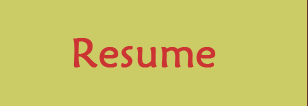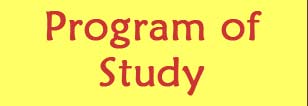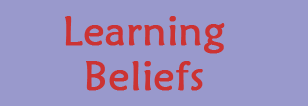NETS-T
Standard 2 - Design and Develop Digital-Age learning Experiences and Assessments
Teachers design, develop, and evaluate authentic learning experiences and assessments incorporating contemporary tools and resources to maximize content learning in context and to develop the knowledge, skills, and attitudes identified in the NETS-S. Teachers:
| a. |
design or adapt relevant learning experiences that incorporate digital tools and resources to promote student learning and creativity |
- During my studies to obtain this Educational Specialist degree I have benefitted by learning of many wonderful resources that aid in planning for meaningful learning with technology. One such resource is eMINTS. I was given the opportunity to submit a topic via an eThemes Request. Within a couple of weeks I had received the URL to the completed request listing many web resources for the author study I was planning.
- My Technology Integration Learning Plan (TILP) incorporates several forms of technology. Students created an animated bee at the Haagen-Dazs bee site and composed a bee-mail message. They used Kid Pix to collaboratively make a book answering our questions about bees. They used concept mapping software to make a story map. We used video streaming to gain information and facilitate conversation. We used the internet to find information we needed.
- My Learning with the Internet Project included use of web research, digital cameras, spreadsheets and a Wiki. This project was extremely relevant because it was designed to enhance learning from a field trip. It also involved research of a local annual event.
- My students have really improved in their ability to make a concept map. We use them in language arts to make story maps. This map is from a student who has very delayed language due to his deafness. Our goal is to read a simple story and answer who, when, and where questions. Making the concept map with pictures helps make the language visual for him.
- I have used online tools to increase student understanding and learning. The Thinking Blocks tool engages students in solving word problems by helping them construct mental models with moveable blocks and step-by-step guided directions. I found Thinking Blocks to be an effective learning resource. My evaluation and observations are in my Online Tools for Assessing Higher Order Thinking and Problem Solving Report.
| b. |
develop technology-enriched learning environments that enable all students to pursue their individual curiosities and become active participants in setting their own educational goals, managing their own learning, and assessing their own progress |
- Our school uses Accelerated Reader to encourage reading. This program helps my students learn to manage their progress toward their goal each nine weeks. The students are taught how to use their quiz reports to gauge their progress.
- The KWHL chart is a great tool for activating students' prior knowledge, for allowing students to set their own goals, for making a plan of how to achieve those goals, and for assessing your achievement. These activities promote student learning and creativity by allowing them to pursue what they want to learn.
- My WebQuest is a perfect example of my ability to develop technology-enriched learning environments allowing students choice, managing their own learning, and assessing their own progress. In this WebQuest, Somebody and the Three Somethings, students choose the country they would like to research, manage their learning with the teacher acting as a facilitator/guide, and assess their progress using the provided rubric.
| c. |
customize and personalize learning activities to address students' diverse learning styles, working strategies, and abilities using digital tools and resources |
- I created a modified touchpoint chart using Photoshop for a student that could not seem to figure out how to count the double dots on the numbers 6-9. Using this modified chart he was able to learn to add using touchpoints.
- In my Learning with the Internet project, I assigned tasks for students based on their personal learning goals and strengths. The end product was a Wiki that shows each student’s contribution to the project at their own ability level.
- Before I designed a workshop for teachers at my school, I completed a Learner Analysis. Identifying learning styles and abilities helped me design the workshop appropriately for the learners.
- My deaf students have difficulty with math word problems due to their language delays. I have used a digital tool called Thinking Blocks to meet their need for visualization to improve their ability to solve multiplication and division word problems. My experience using this tool is described in my Online Tools Report.
| d. |
provide students with multiple and varied formative and summative assessments aligned with content and technology standards and use resulting data to inform learning and teaching |
- Assessment in my classroom is an ongoing daily event. I constantly observe and question students while we work. We routinely complete practice tests. I use rubrics and checklists to assess products (writing, retellings, etc.). My TILP includes a retelling rubric I use in my classroom. Here is a sample of a rubric I created for an oral persuasive presentation.
- Working in special education and serving children in all grade levels requires knowledge of standards for all of those grade levels. A valuable tool for content and technology standards alignment is the Alabama Learning Exchange (ALEX). I use this resource for selecting IEP goals and describing student present level of performance.
- I designed and developed a WebQuest as a performance assessment. It includes provisions for both formative and summative assessments. These assessments are critical to the the success of the activity and the resulting student learning.
- The Thinking Blocks online tool activity to help my students learn to solve math word problems includes formative and summative assessment to inform my teaching and student learning. The guided practice sets work well as formative assessment and provide students with instant feedback. The independent practice set acts as a summative assessment.
Standards and Performance Indicators taken from ISTE






